Faster Yet Greener: Nest-In’s Sustainable Prefab Construction Solutions
Nest-In from the house of Tata Steel is spearheading a new age in construction with its commitment to prefabricated technology, an innovative approach that minimises traditional construction's ecological footprint by offering quicker and greener construction solutions.
By building with state-of-the-art technology, Nest-In is able to achieve faster project completions and promote sustainable practices. This shift sets new standards for India’s construction sector, proving that rapid development and ecological responsibility can go hand in hand.
Accelerating Sustainable Construction: The Impact of Prefab Technology
Nest-In’s prefabricated technology is not just a rapid building solution, but a smart, sustainable choice to meet today's construction demands that require both speed and environmental responsibility. Nest-In uses prefab technology such as Light Gauge Steel Frames (LGSF), modular construction, hybrid construction (i.e. a mix of two or more technologies), and 3D volumetric construction.
The reasons why Nest-In is the smarter choice are as follows:
Speed of Construction
Nest-In’s prefab structures are built more than 2x faster compared to RCC (Reinforced Cement Concrete) structures. This is due to the fact that the prefab components are manufactured in a factory through a standard process that ensures precision and accuracy. The components are customised as per each project’s unique requirement and design.
RCC construction is heavily dependent on external weather conditions because the construction takes place on-site. Raw materials need to be transported to the site, thus there is heavy dependency on availability of transportation and heavy machinery. A large labour force is also needed for the construction. Due to these factors, RCC construction is prone to delays. However, Nest-In’s prefab construction process is not dependent on weather conditions, and does not need extensive transportation infrastructure and workforce, as most of the work is done off-site. Thus, it faces minimal construction delays as compared to RCC construction timelines.
Minimum On-Site Work
As the components are made in the factory, they are transported to the site only for final assembly or installation. This reduces time spent on site as well as disruptions and disturbances in the surrounding area.
Sustainable Construction Processes
Nest-In’s prefab construction processes use 48% less water than RCC construction methods. Cement is used only in the foundation of the prefab structure, and the rest of the building process is dry. Thus, large amounts of water for drying and curing cement are not needed.
Similarly, 65% less material resources are used. This is due to the optimised use of resources and raw materials during construction. The manufacturing process of the prefab parts is standardised and quality-controlled, leading to minimal to no errors in the manufactured parts, and thus reducing construction waste.
Overall, there is 53% lower greenhouse gas impact than RCC construction methods – due to reduced usage of transportation and heavy machinery.
Sturdy and Durable Prefab Structures
The notion that faster construction leads to poor quality or temporary structures, is a common misconception. Nest-In’s structures challenge this idea by delivering significant structural integrity. These buildings are designed for long-term stability and resistance to diverse environmental stressors. For example, they can be designed to withstand winds of up to 250 km/hr, resist earthquakes in Zones IV and V, and guard against fires up to 2 hours.
Enhanced Energy Efficiency
Nest-In’s prefab structures offer superior thermal and noise insulation by using necessary insulation material, leading to lower energy consumption in heating and cooling. For example, on a hot day, your air conditioner would have to run for 8 hours in a traditionally constructed room to keep it cool and maintain that temperature. In a prefab space in the same conditions, your air conditioner would run for lesser time, i.e. 4 to 5 hours to maintain a cool temperature for a longer time.
A Few Applications of Nest-In’s Sustainable Construction Solutions
Hospitals and Clinics
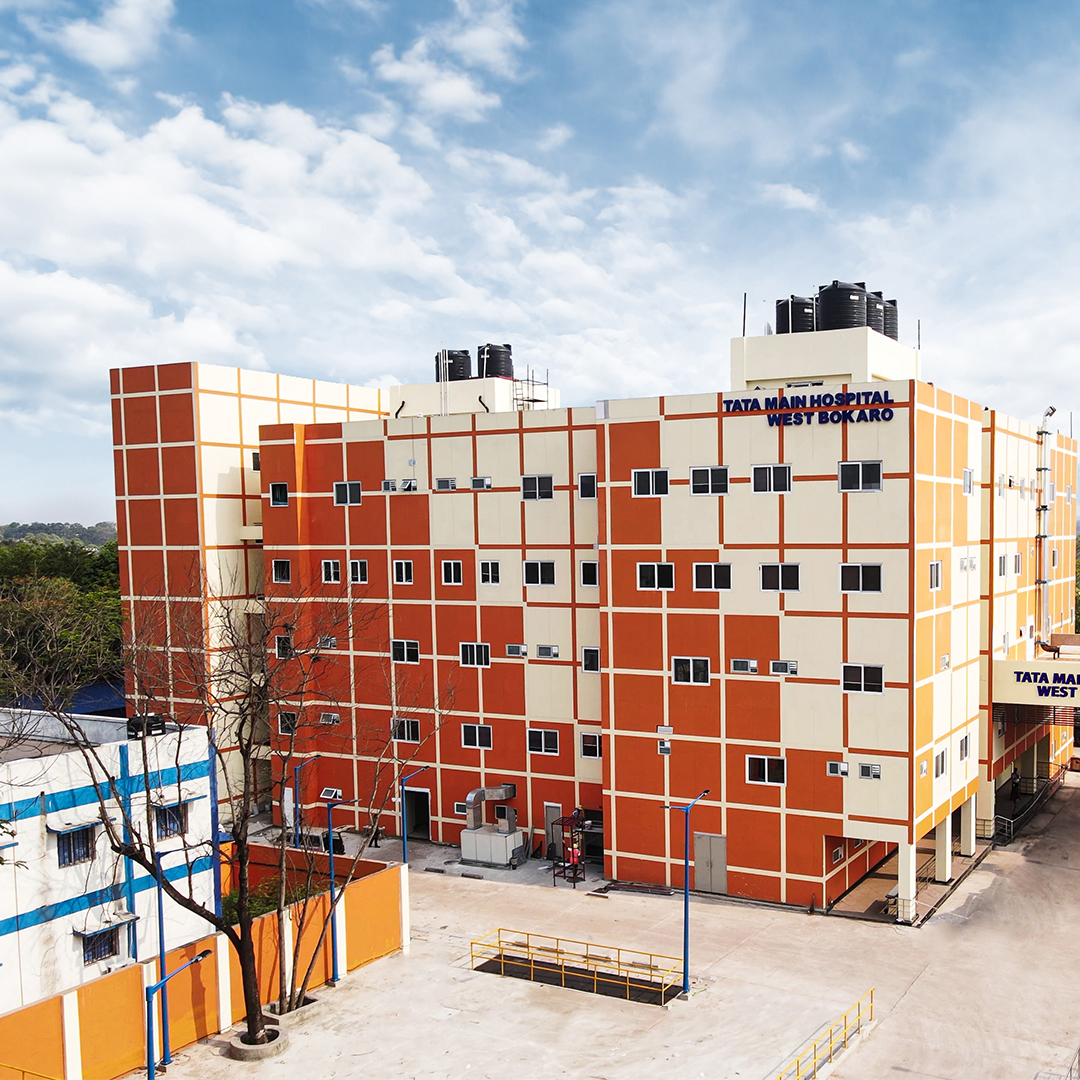
Through HabiNest and MobiNest solutions, Nest-In can rapidly construct prefab hospitals and clinics, built as per the customer’s requirement. For example, the Tata Main Hospital was recently inaugurated in West Bokaro, as seen in the image. The building was constructed in a quick span of 21 months using Light Gauge Steel Frames and dry walling technology. It is a G+4 multi-specialty hospital of 92,954 sq.ft , with a central atrium for natural sunlight. It is also earthquake-resistant, which is an important structural feature as the hospital is located in a mining region of seismic Zone III.
Educational Institutions

HabiNest structures for different types of educational and training institutes can be built across the country quickly, with scope for modification and expansion. An example of note is the building of prefabricated Industrial Training Institutes (ITIs) across Karnataka and Assam. In Assam, Nest-In constructed 5 facilities for government ITIs and Polytechnic Colleges in 5 different locations. Each facility has a workshop area and a lab area and is of 9,600 sq.ft. The labs were built with Light Gauge Steel Frames and fibre-cement and gypsum board cladding.
Residential Purpose

Accommodations or hostels for nurses, officers, workers, bachelors, etc. can be executed rapidly through HabiNest, especially in remote areas and tough terrains. For example, a 97-room bachelor’s accommodation (as seen in the image) was constructed in the mining region of Noamundi with LGSF technology, with fibre-cement and gypsum board cladding.
Sanitation Solutions

Through EzyNest and Smart EzyNest, Nest-In provides one-stop plug-and-play sanitation solutions for businesses and governments. These modular sanitation units can be deployed 3x faster than RCC toilets, and are much easier to build in remote locations and tough terrains.
Vacation Homes and Rooftop Extensions

Nest-In delivers high-quality prefabricated homes through Nestudio for individual customers, personalised to their requests. They can be built especially in hilly and tough terrains, such as Himachal Pradesh, Uttarakhand, and Dehradun.
As India strides towards a more dynamic future, prefab construction is a pivotal tool in accelerating infrastructure development. Nest-In is at the forefront, proving the viability of prefab solutions in various sectors. By prioritising speed and sustainability, Nest-In’s prefab construction solutions can effectively meet the evolving demands of India’s infrastructure growth.
To know more about Nest-In’s full range of prefab solutions, visit the website. If you have a requirement of constructing a project on your land, please give us a call at 1800 208 8200.
Posted in Nest-In on Jun 03, 2024.
Contact Us
Recent Post
How We Built A Zero Energy Building: A Case Study
Zero Energy Building: Redefining India’s Energy-Efficient Future
Addressing the Demand for Durable, Long-Lasting Infrastructure
Rapid Response Infrastructure: Building Fast When Time Matters
Reduce Construction Pollution with Prefab: A Cleaner Way to Build
Category
- Nest-In 104
- HabiNest 65
- MobiNest 122
- Nestudio 28
- EzyNest 21
- Smart EzyNest 6
- ChargeNest 7
- Covid Offerings 4
- Brand 7







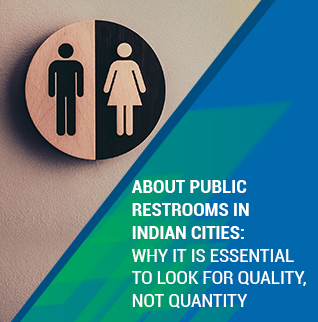



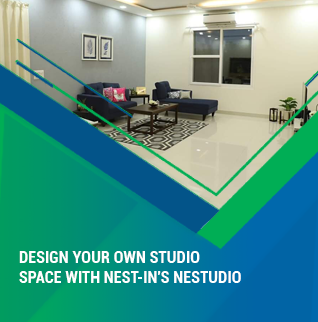






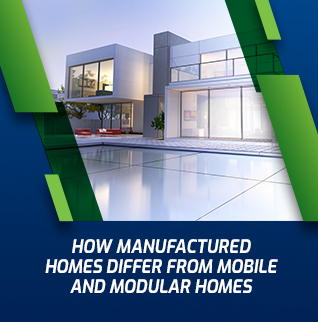

























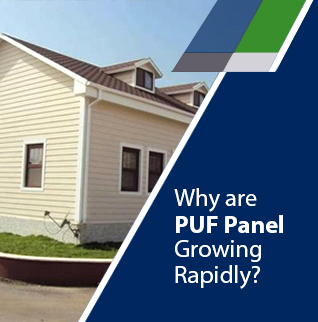





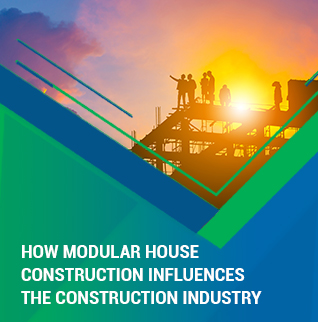







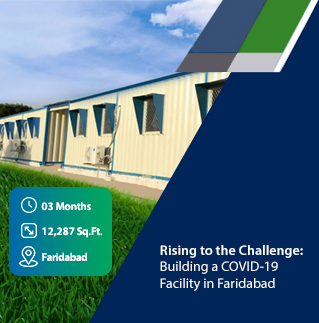




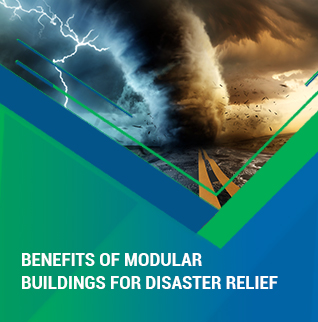

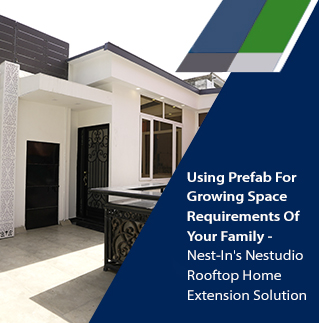




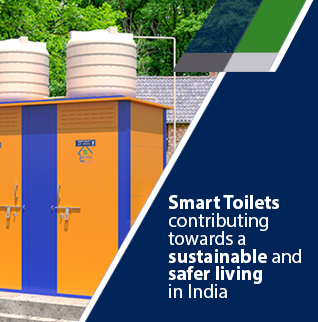







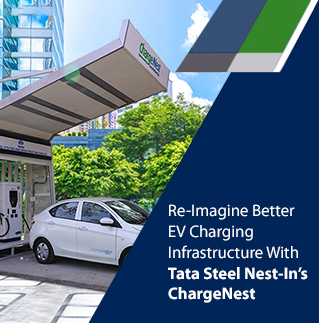




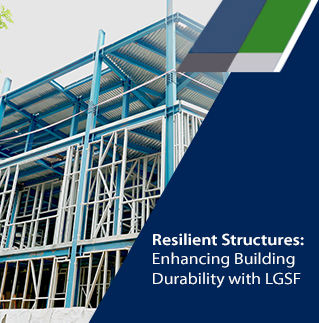

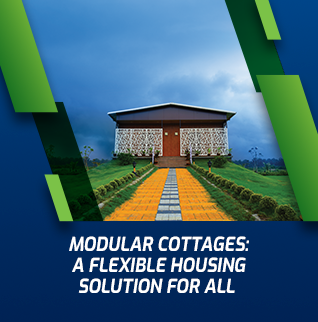












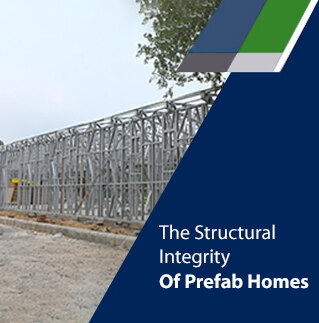















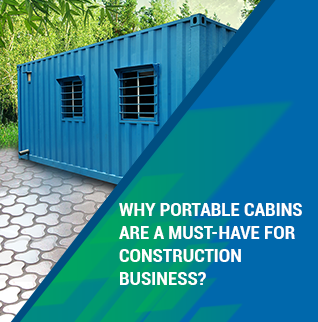


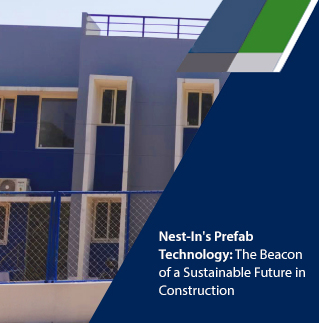




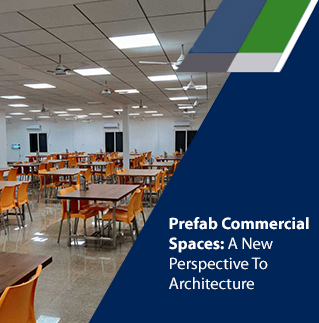
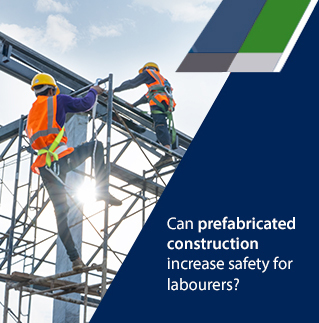












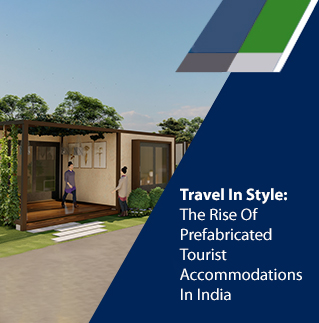


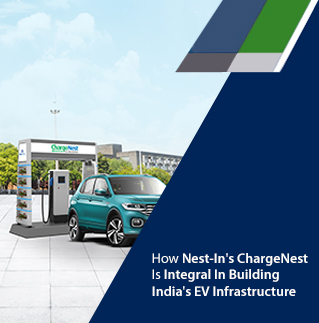

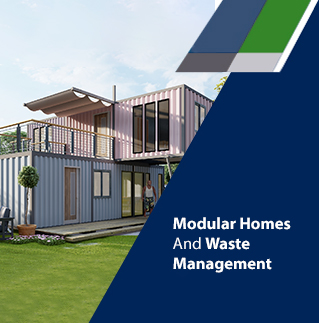






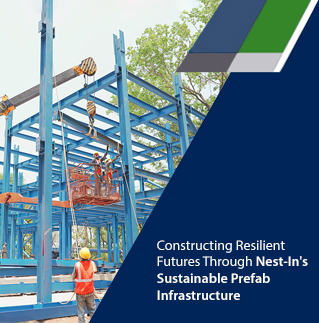





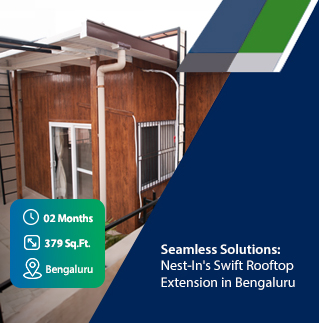




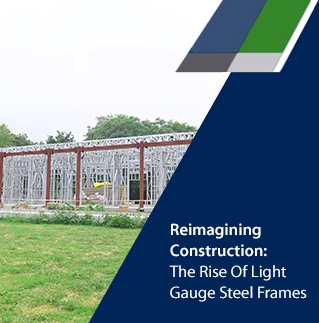















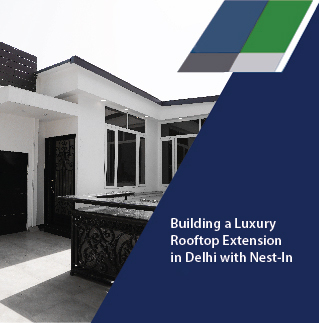












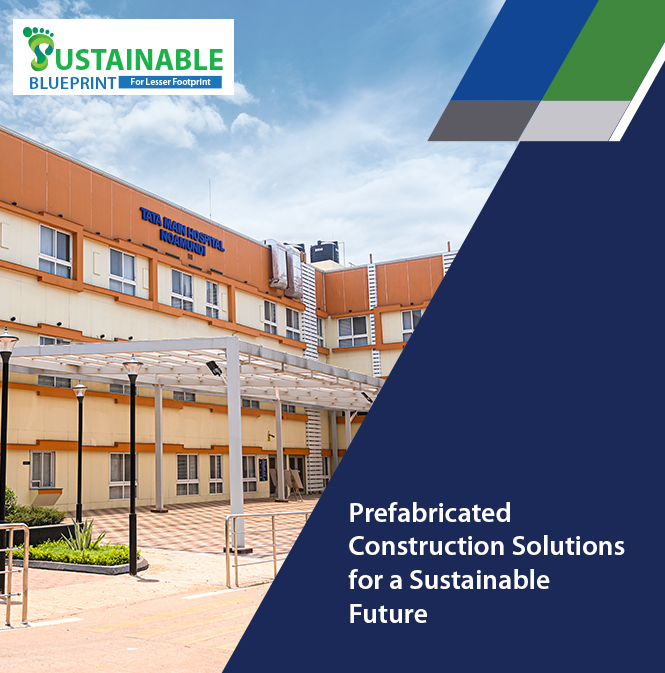

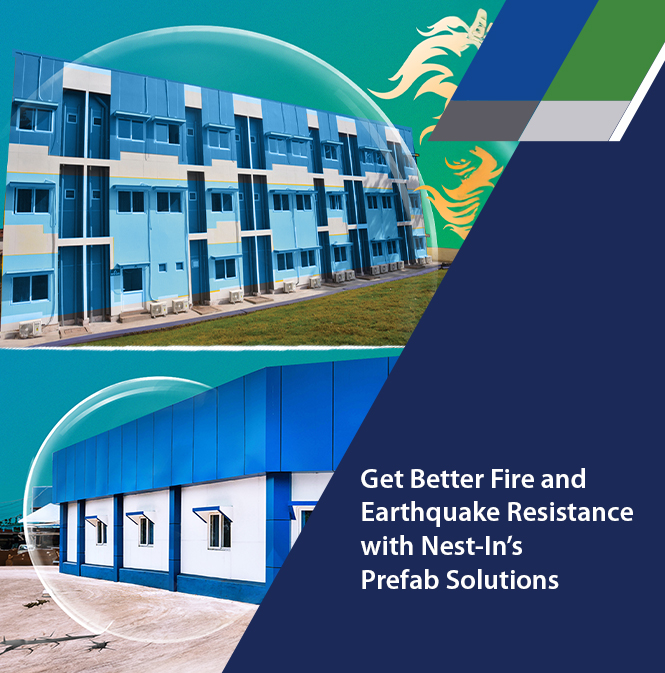











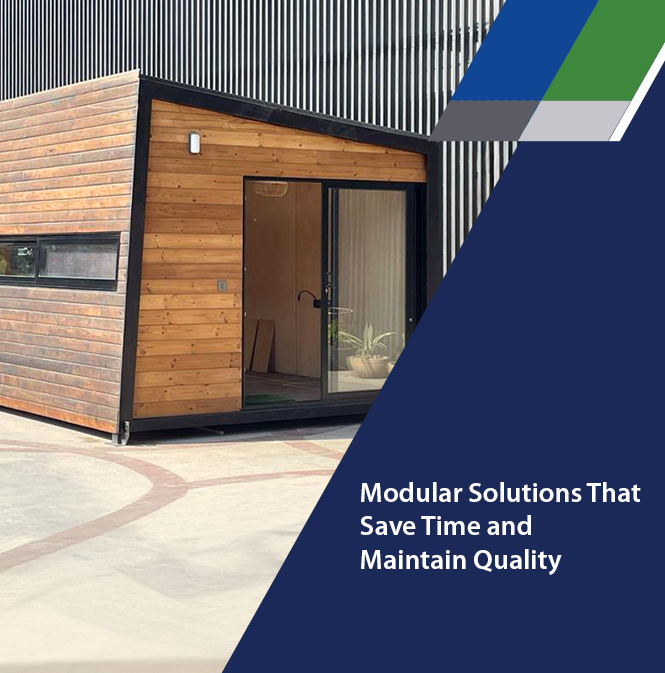




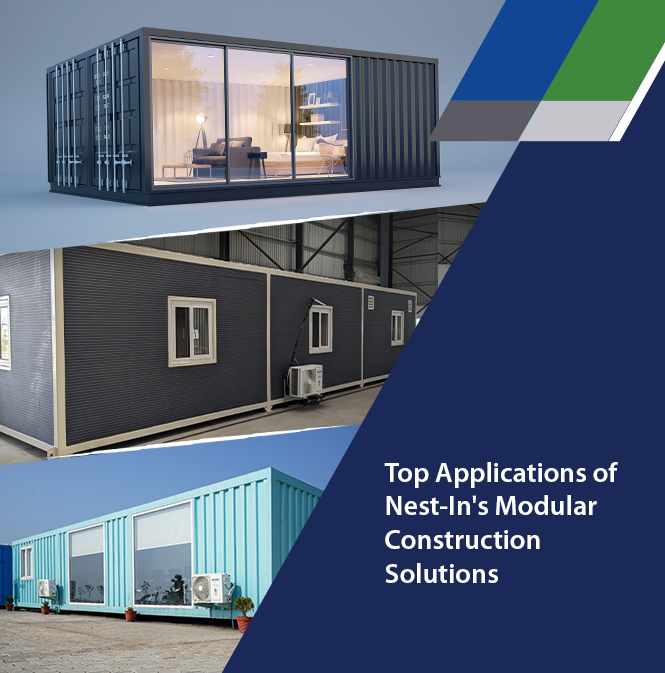




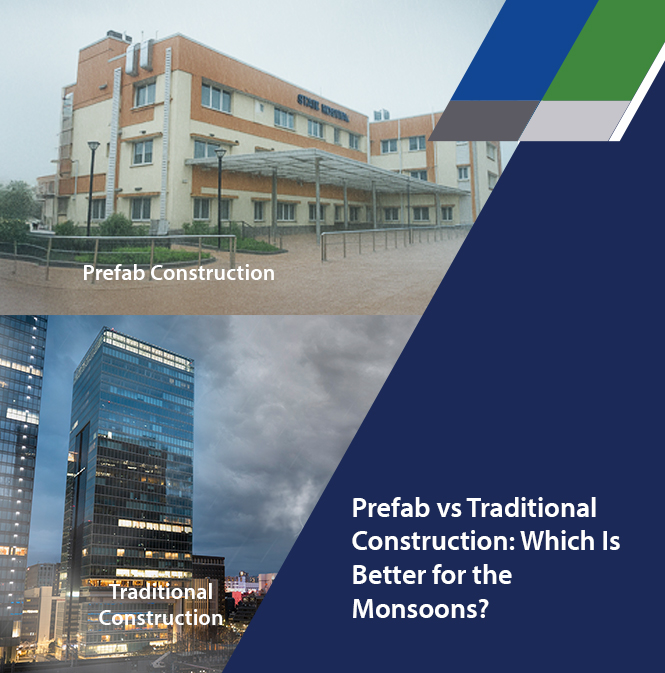
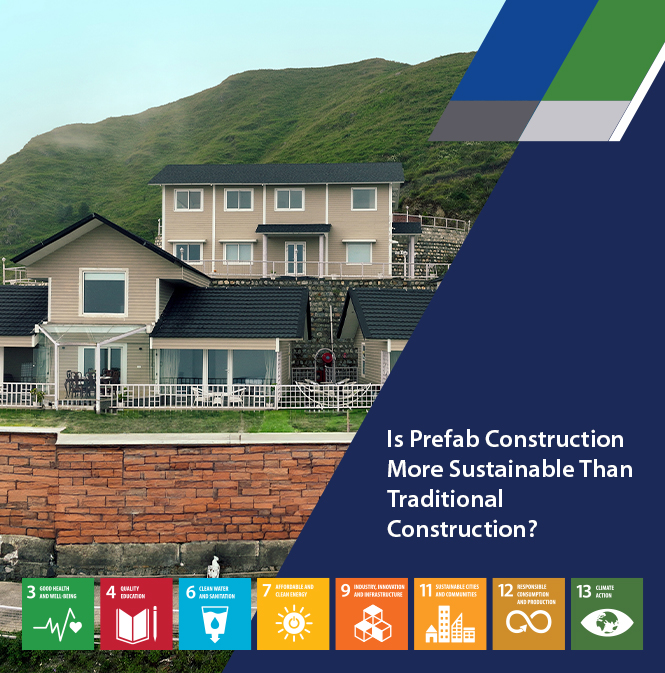







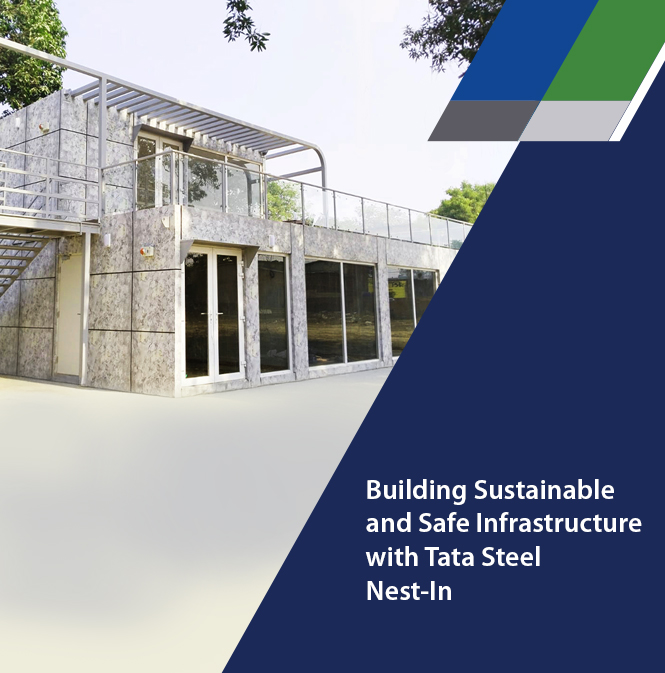


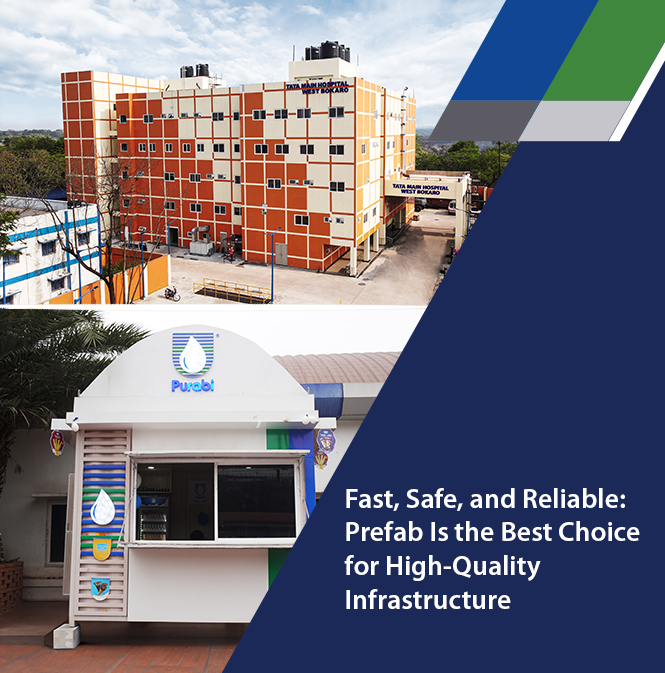

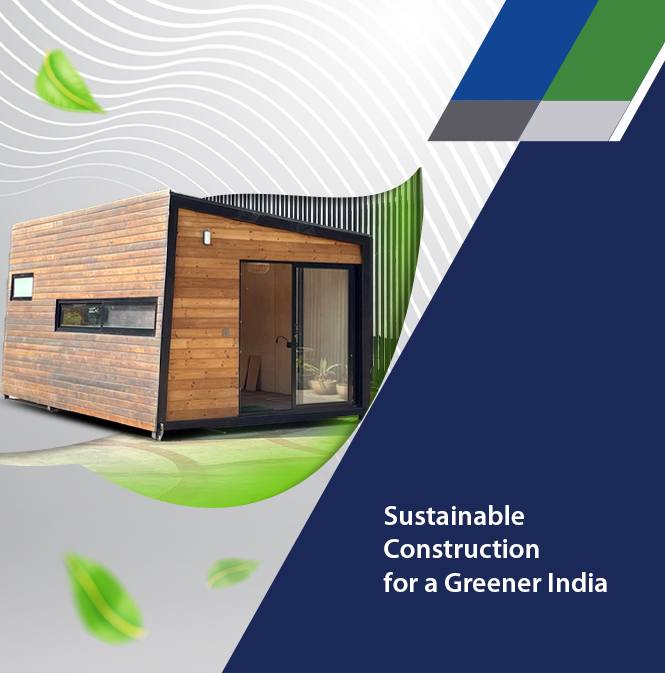
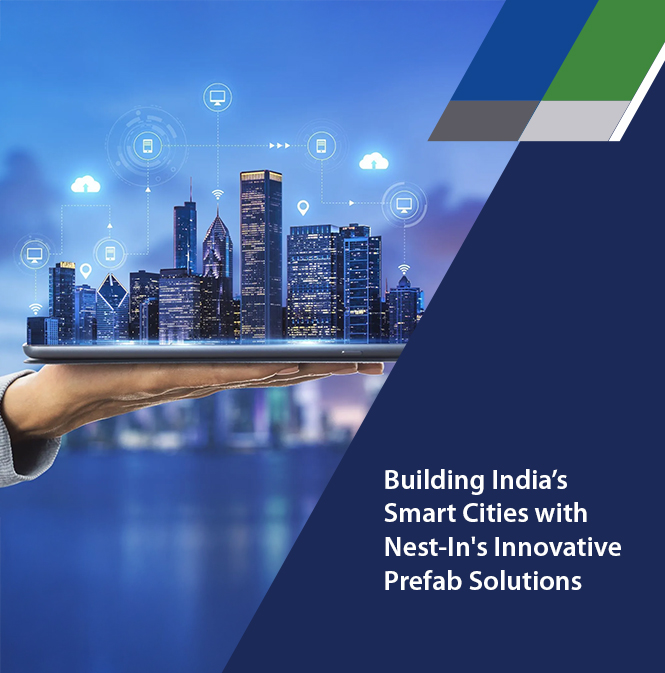
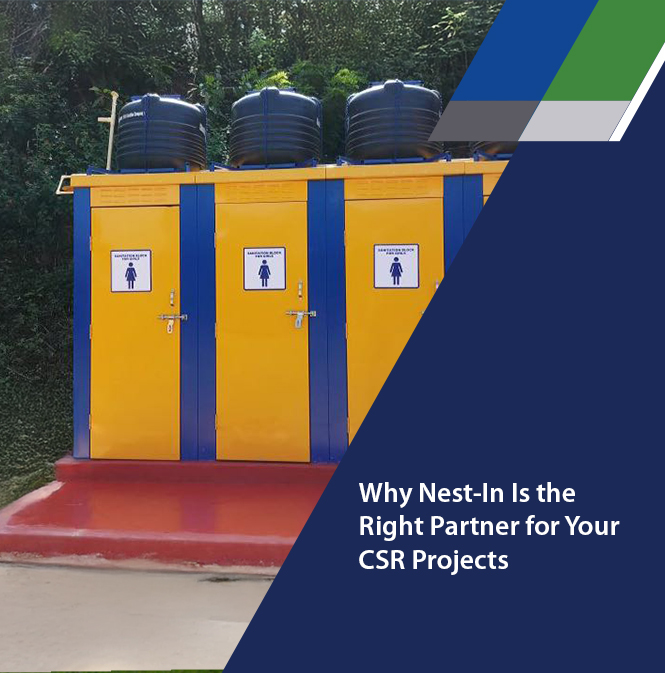

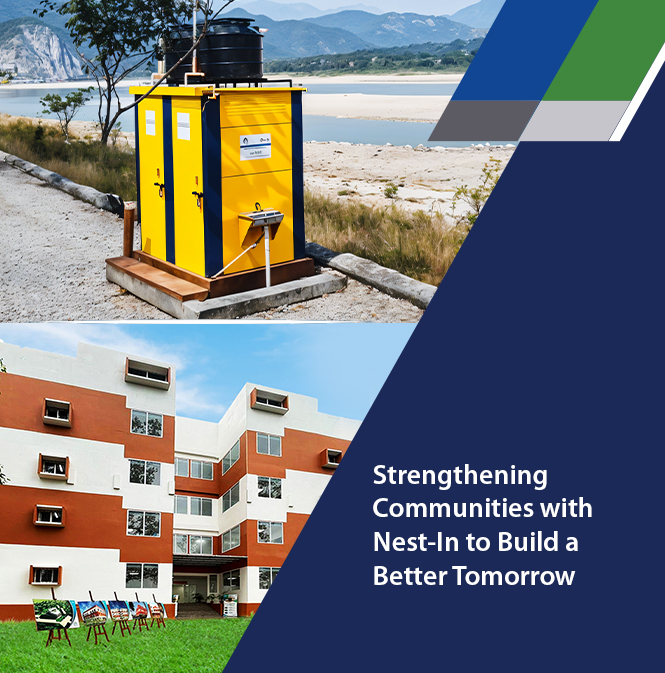


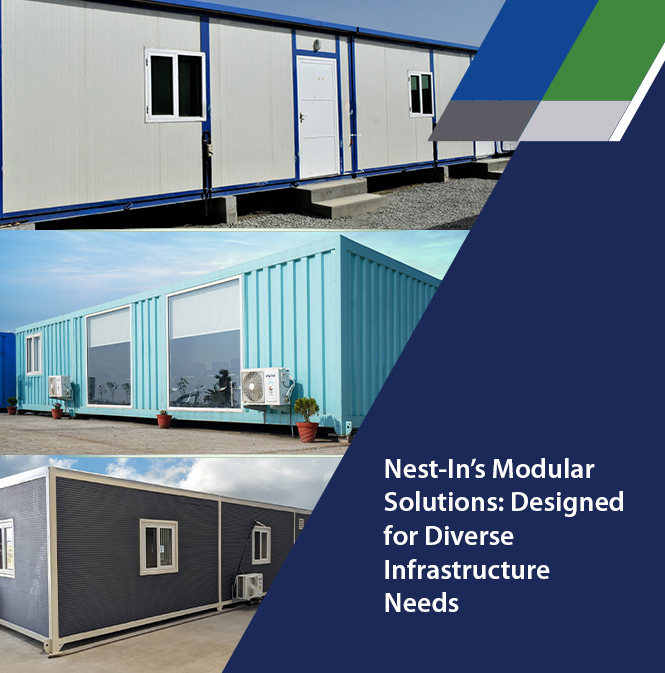






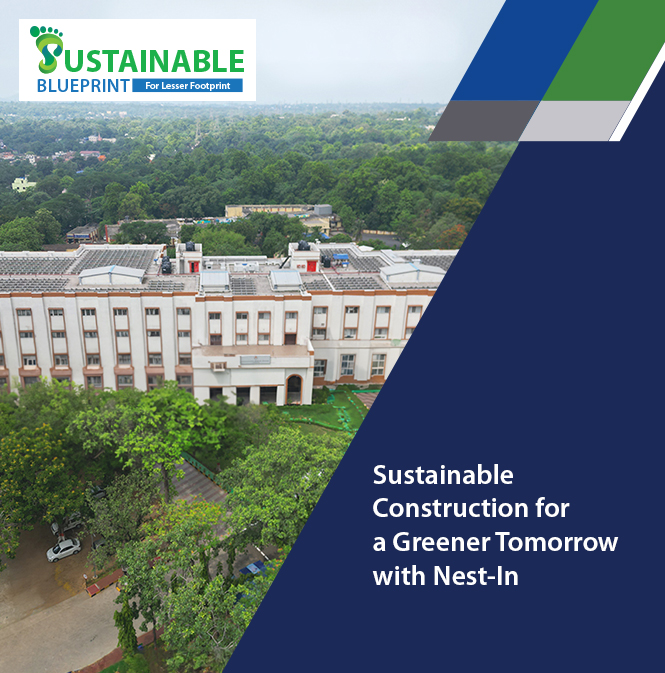

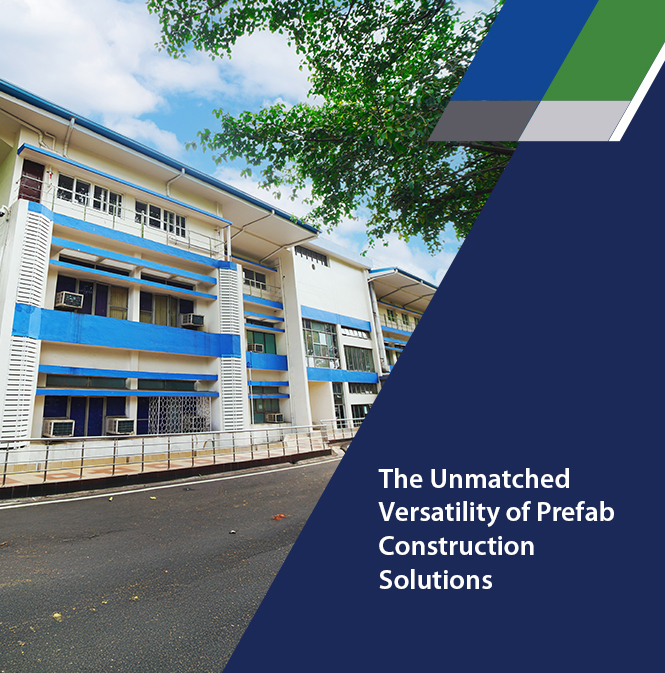


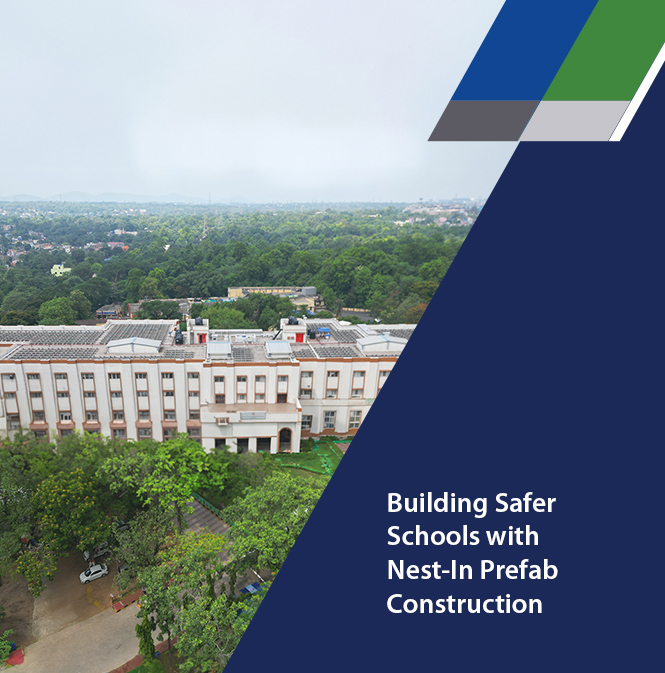



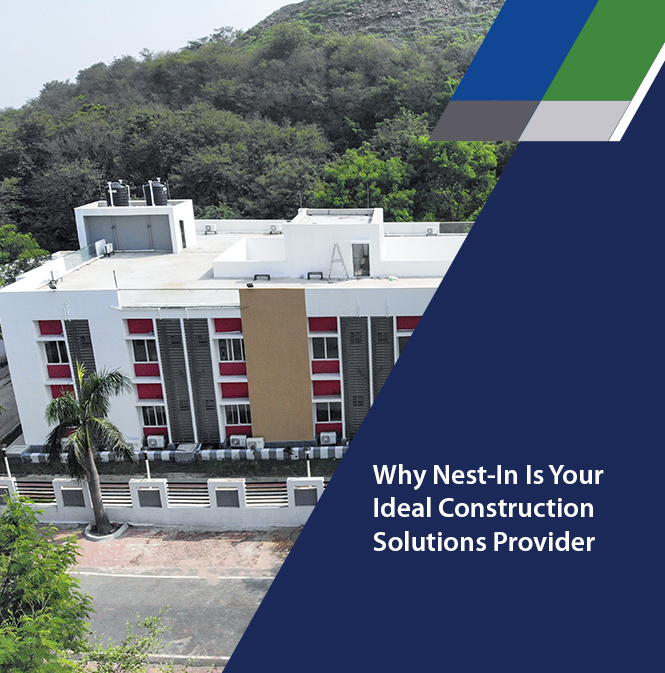
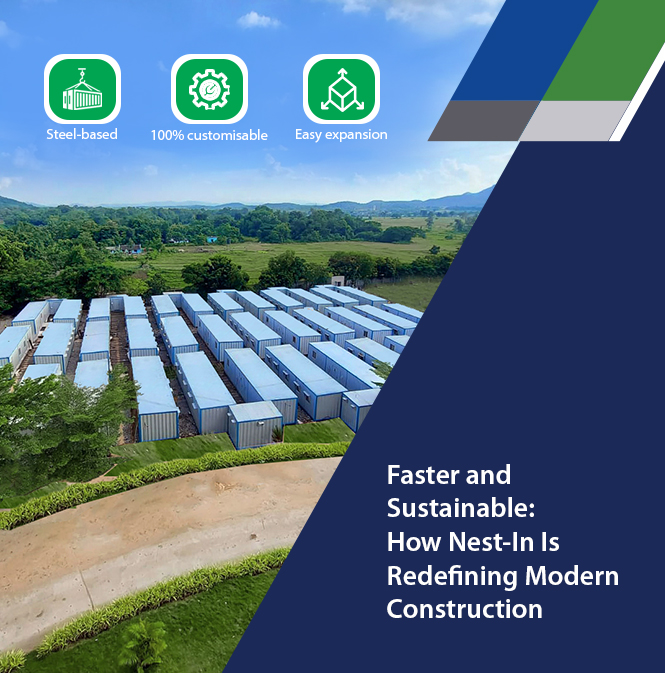



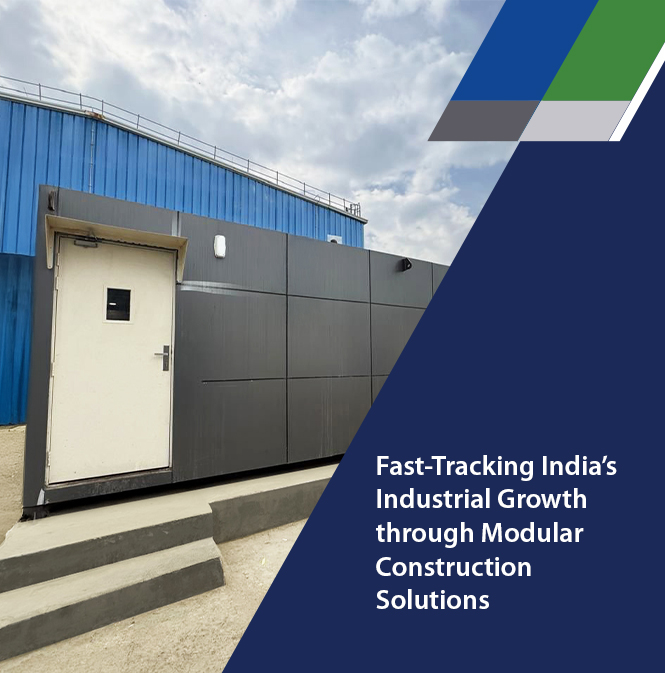
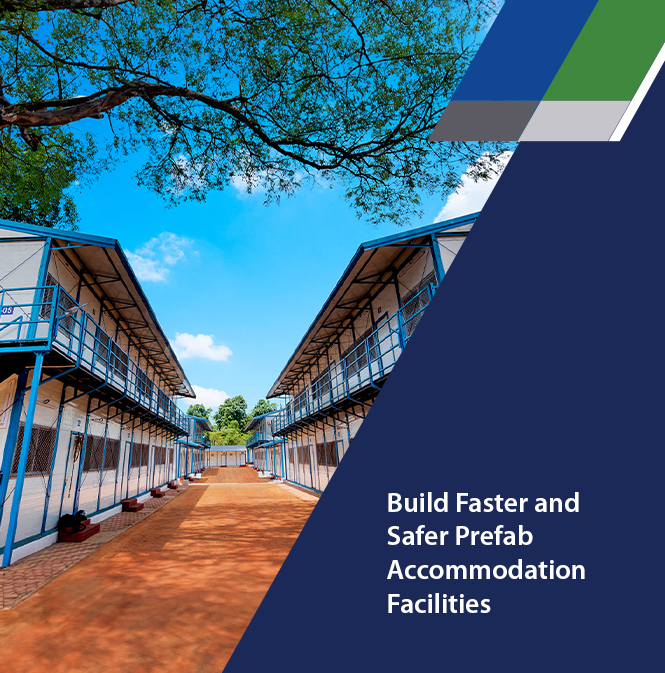











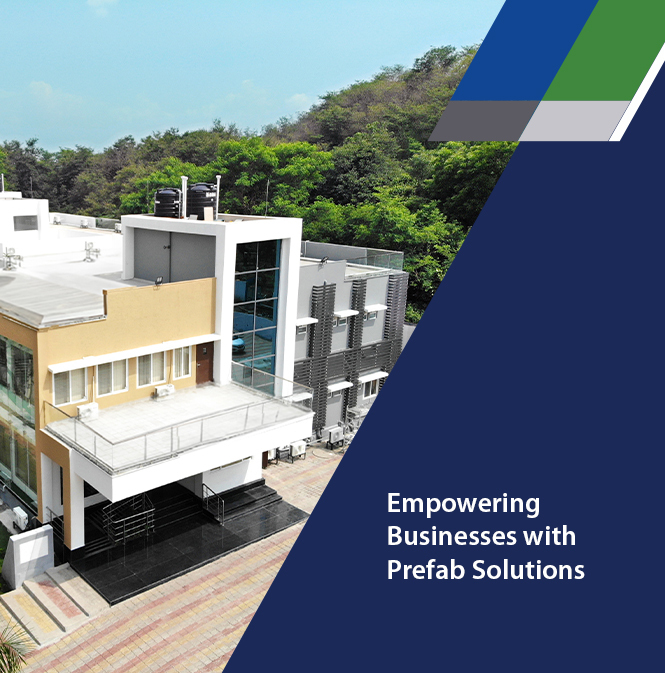


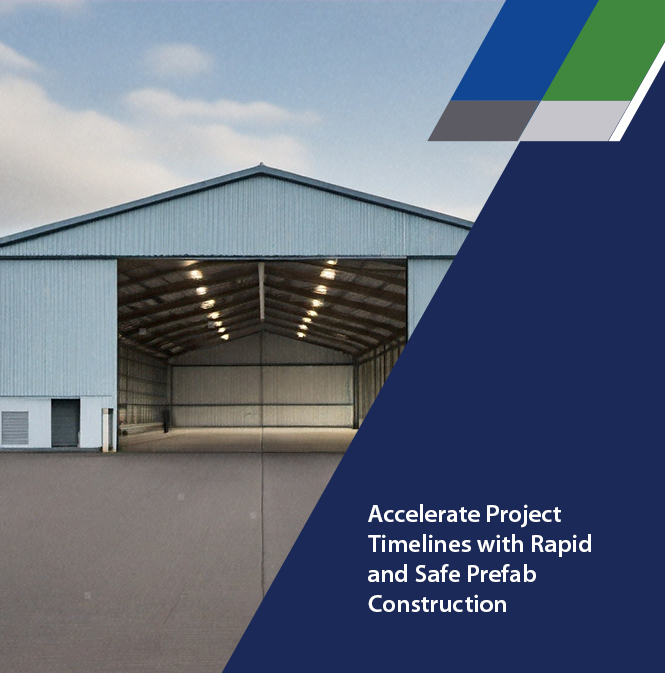



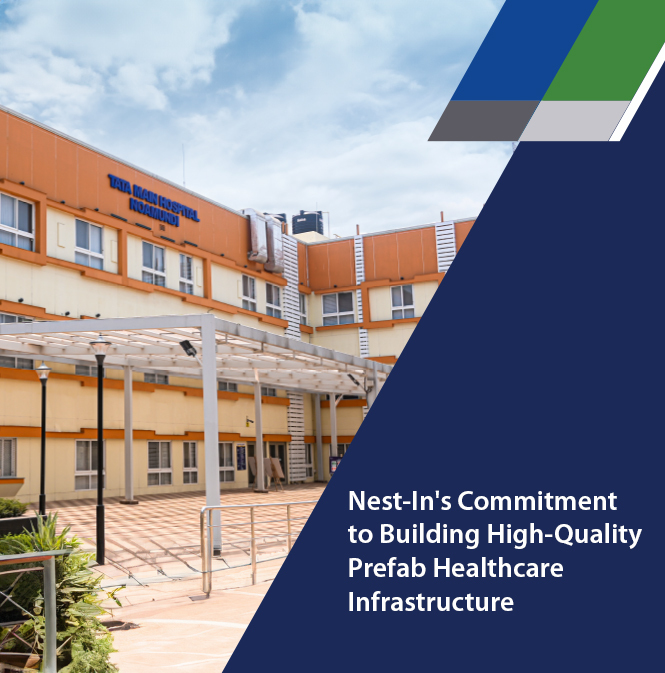


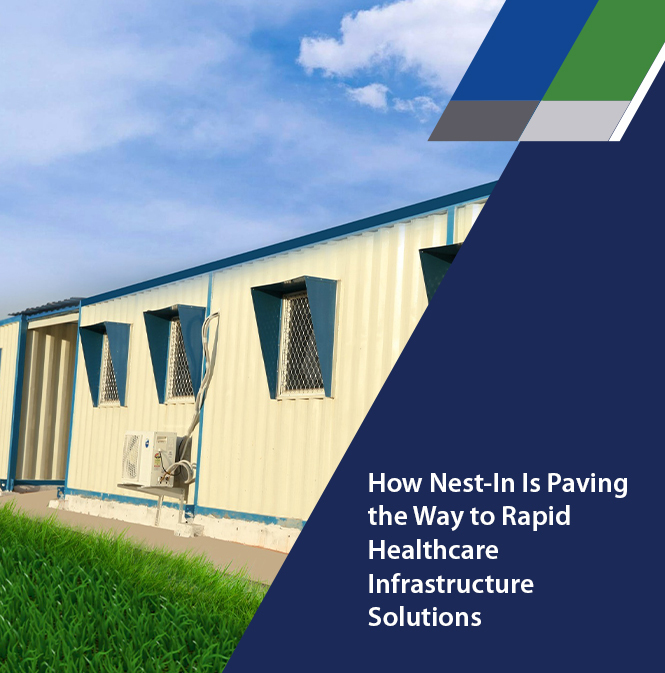




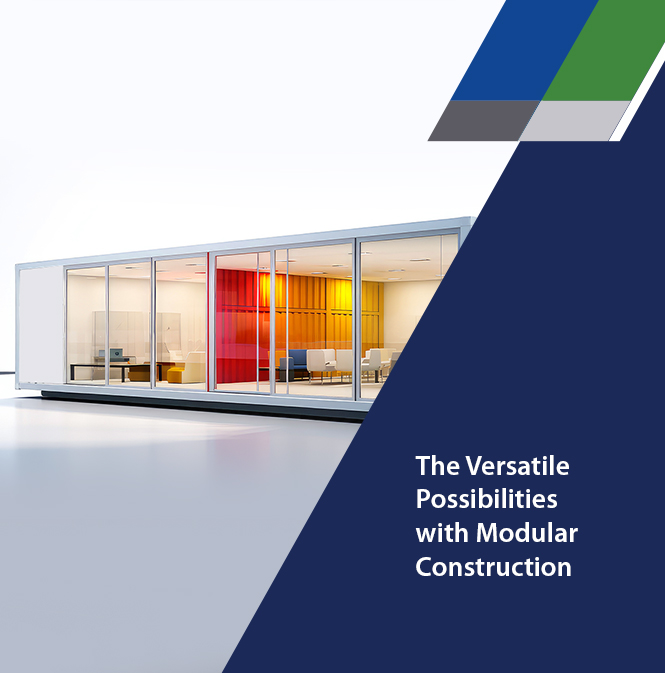


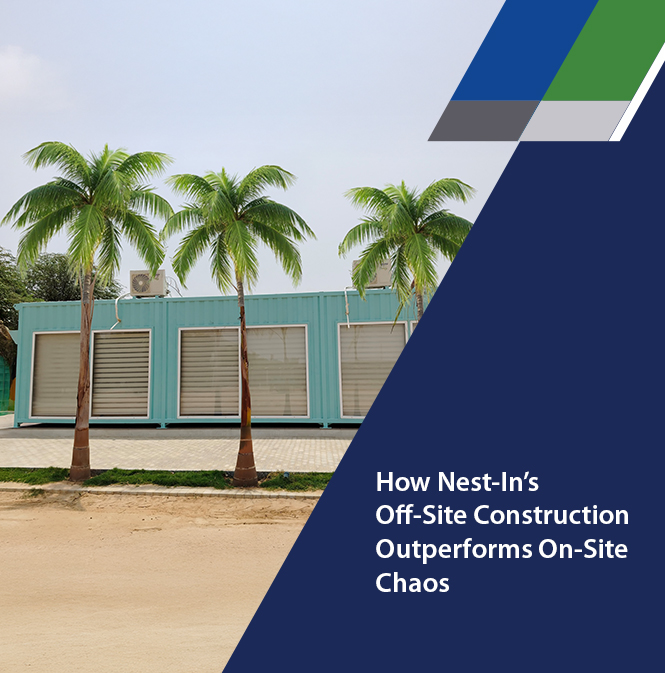
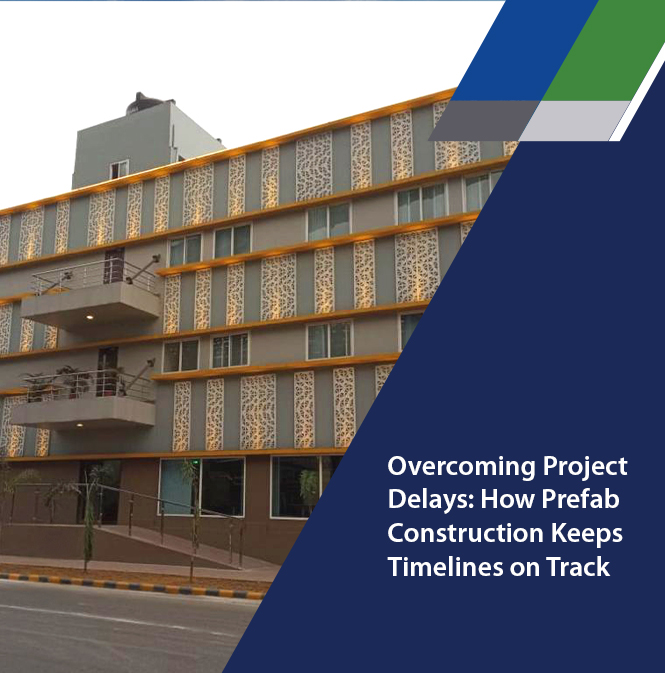



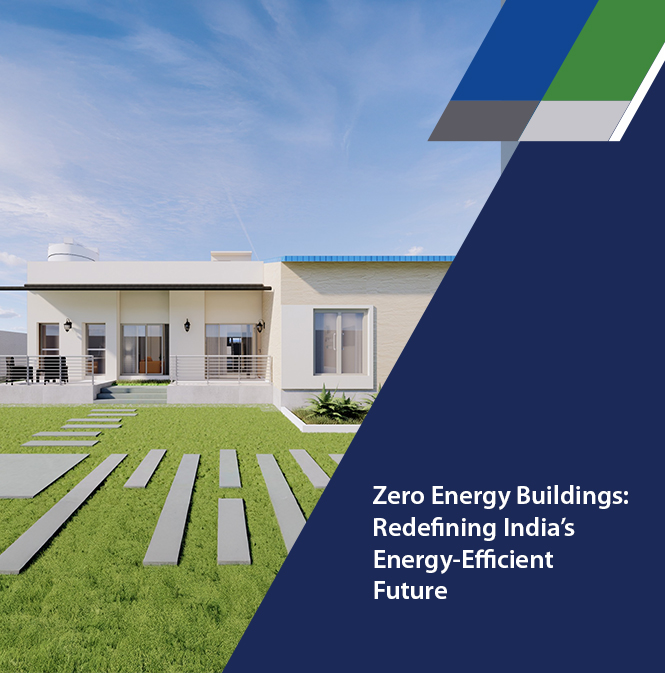




Add comment